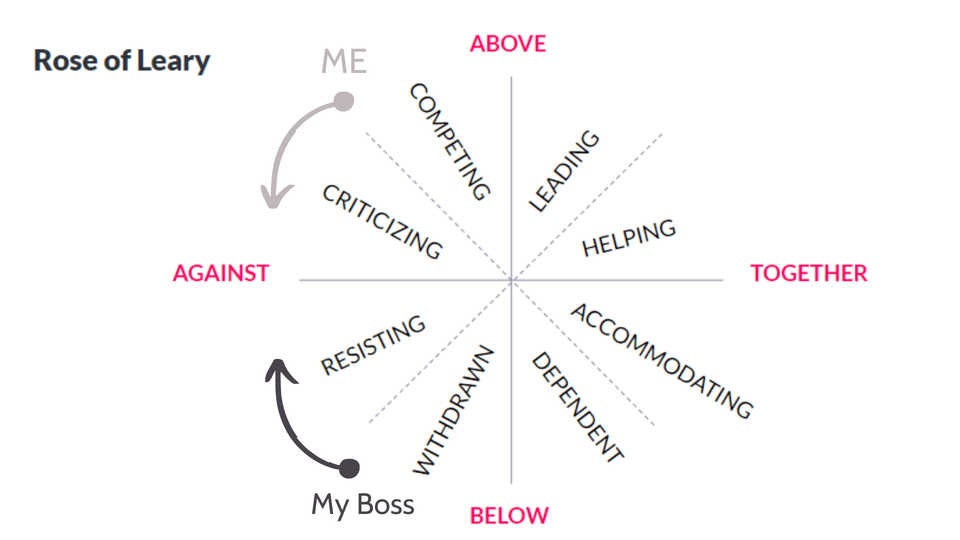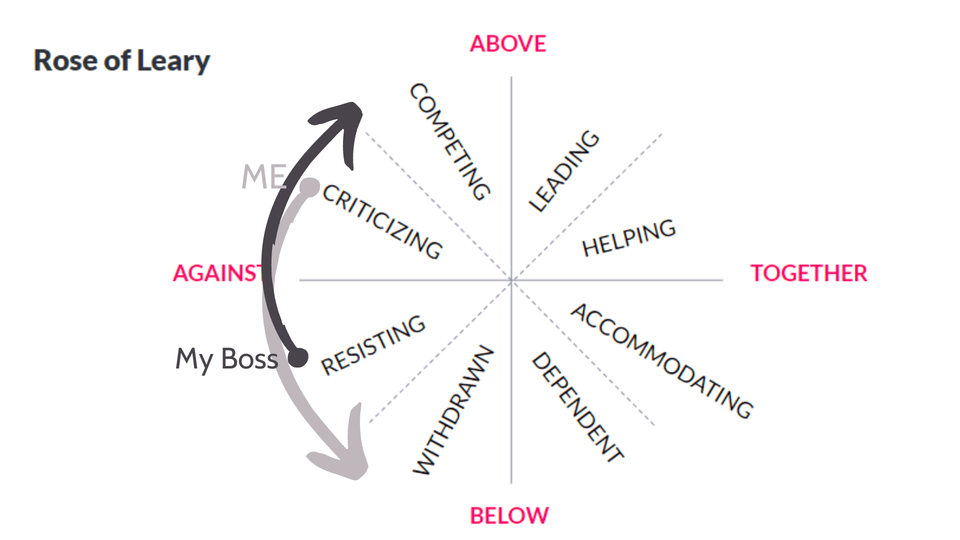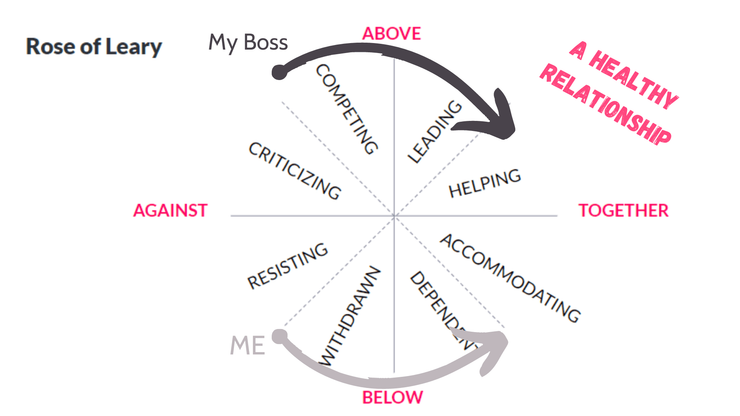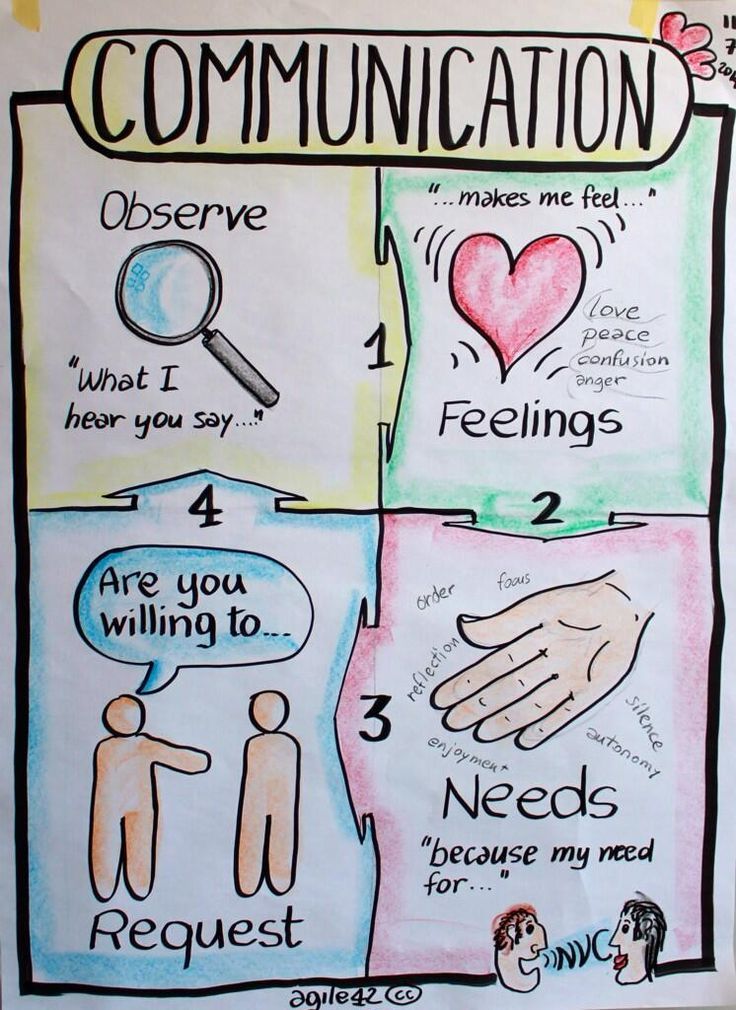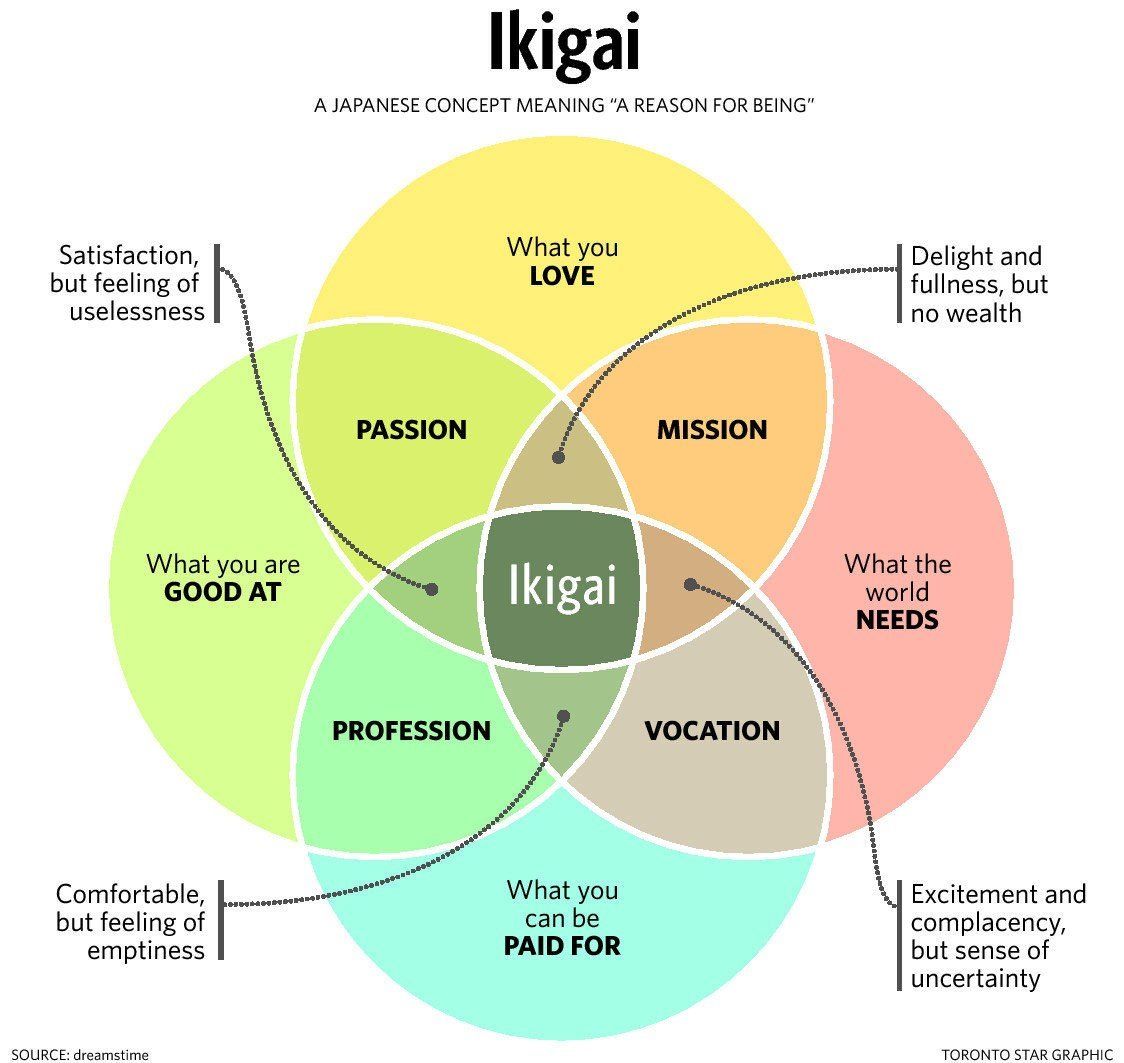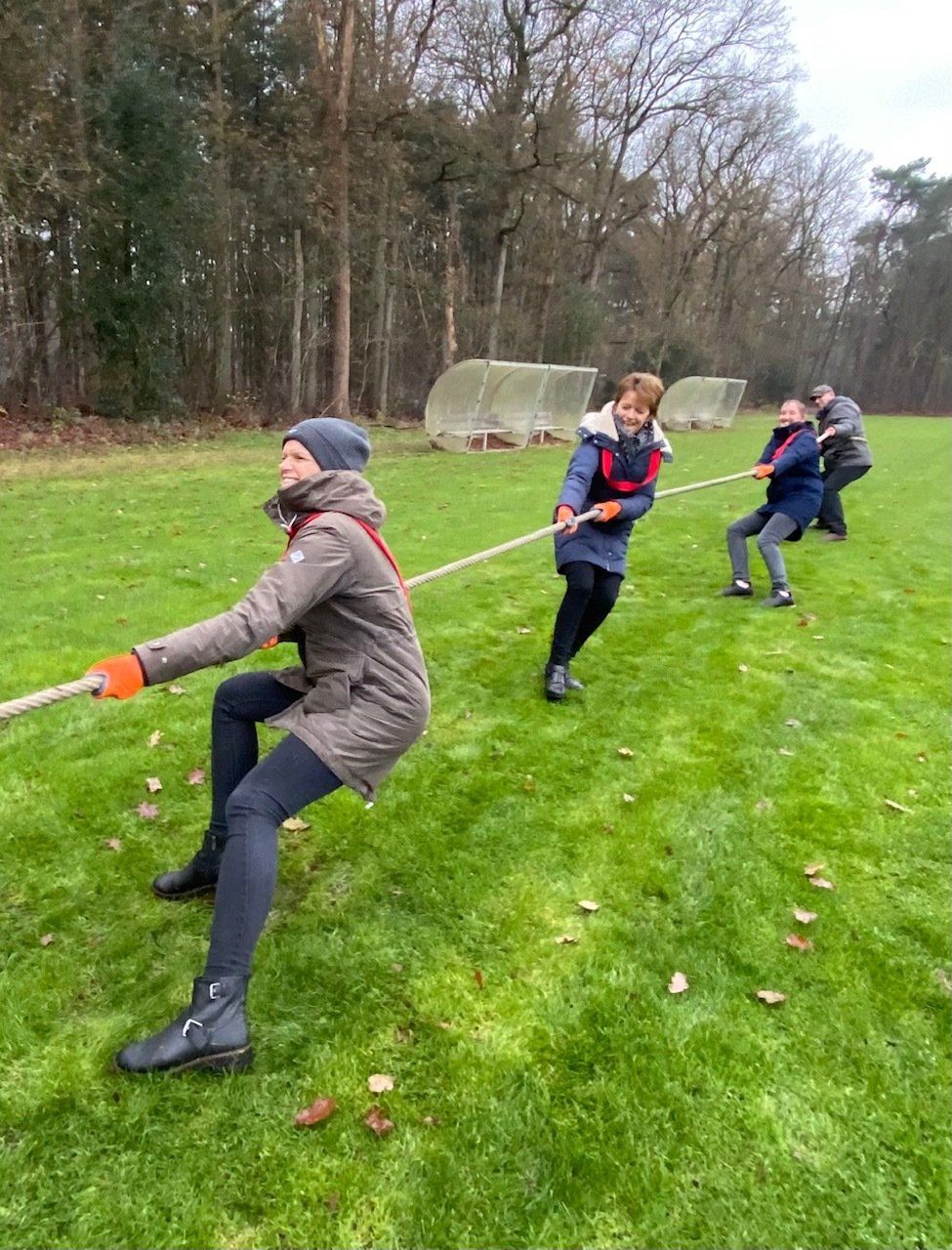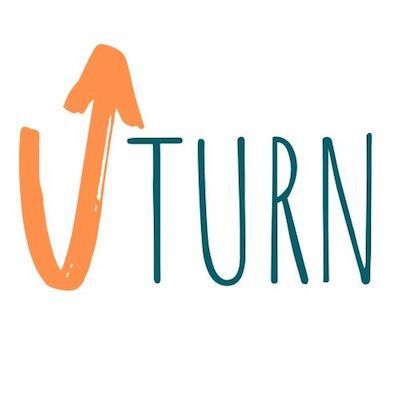how to say no to your supervisor
It can be hard to set your boundaries to others. Especially if you don't like creating conflict, or when you are sensitive to how people perceive you, and especially if
that other person is your boss or supervisor. Here are some tips on how to deal with that.
What happens if you say yes?
Simply put, another task added to your todo list. A small task you can finish quickly or you have done many times will not create much problems. Unless you already have a lot of work stacked up. Saying yes can end up in several consequences:
- more responsibility
- need to align with colleagues to start up or take over the task
- clarify quality indicators and deadlines
- less time to do other tasks
- levels of stress rise (with physical and/or emotional responses)
- fear of not being able to complete your tasks
- overtime
- less quality time at home for family or friends
I could continue with this list for quite some time. I think you could too.
i doubt if i am entitled to say no
Maybe you think you are wrong? Perhaps you think what you are asked to do is part of your job, part of your responsibility. Maybe you tell yourself you are imagining your busy agenda. Or that other people might not have such a hard time doing all the tasks you are doing and they would say yes. If you recognise this line of thinking, then also read about the tools how to
energise your tasks and
ask for help, because we all have limits to what we are able to do.
What could help convince yourself to say no, is to try building a case for yourself by:
- making an overview of all your tasks
- knowing what the confines of your job assignment are
- realising what costs time and energy and is limiting your effectiveness
- receiving feedback from others whom you feel safe with, whether what is asked from you deserves a no.
A QUICK WAY TO SAYING NO
saying no is one thing. saying no to your boss is a different story.
You could say your supervisor is just another person or colleague. For some that thought already helps to put things in perspective. For others it's not enough. Because organisation-wise, a supervisor does have a hierarchical position towards you, or maybe you are also dealing with a supervisor that behaves authoritarian or dominant, which adds to the feeling that it's super hard to say no.
You can check already the free tool about
styles of influence to see which type of communication could help you say no to your supervisor. Below I will explain another tool that will help you with the right mindset and type of communication.
The Rose of Leary
EXAMPLE:
Back when I used to work as a young physiotherapist, I had a really strong dominant behavior. In such a way that my boss didn't dare talk to me or discuss with me about the requests I made. You could say I had a good time asking for a raise or extra holidays ^_^ but it wasn't very kind what I was doing. I was criticising the organisation, his lack of leadership and the way agreements were made.
You can use the Rose of Leary as a way to explore interaction between two people and their behavior. Considering the example above, the starting position of the interaction between me and my boss is plotted in the model below.
- ME from a dominating position (above and against), in which I criticised and was against how things were done.
- My Boss from a position of submissiveness (below and a bit against), avoiding me and our discussions.
After some time, my boss started to change his approach to me I noticed. He refused to accept what I said, and started putting rules in place that limited my obtained privileges. I had to comply to new rules around my paycheck, asking for holidays or the amount of holidays. This new balance grew in the years, to such a degree that I started to become afraid of him and I tended to avoid our talks and confrontations. Roles were switched!
In this new dynamic, me and my boss practically switched roles:
- ME being more withdrawn, avoiding conflict and exposure to the presence of my boss.
- My Boss criticising my way of working, discouraging resistance from my part by applying new rules.
Eventually I quit my job. That's what prolonged withdrawl does. You exit. But what if I would have stayed and tried out a new strategy? One in which I would have worked out a sense of collaboration?
To understand this approach you need to know a bit more about the model:
- it works with vertical polarities; if one person has a certain kind of behavior in the upper section, it will invite a behavior from the lower section. And vice versa.
- so if someone is showing dependent behavior (below & together) in a situation with people, some of those people will start to show leading behavior (above & together).
- using this model for change; you choose to move yourself to a different section and invite other behavior from the people around you.
Let's pretend I didn't quit but I wanted to change my situation to learn to say no to my boss' new attitude towards me:
- I could've gone back to
criticising and competing, trying to get him back into a withdrawn and submissive set of behavior as before. With the risk of conflict luring, as we are not in a state of collaboration.
- I could have changed my attitude towards being
more dependent and accomodating: seeing which new rules I could live by and apply and which I can't, being agreeable and accomodate him in what my boss wants to obtain while also expressing my needs. Thus, inviting a more helping and supportive leadership from his side.
- I could also have changed my attitude towards being
more leading and helpful: either by inviting him to relfect on our working relationship and way of working, with suggestions to improve or introducing guidelines and agreements that are favourable to us both.
COLLABORATIVELY SAYING NO
Using my example, I could apply both the second and third option when you are trying to say no to your supervisor.
- The second when you are in a hierarchical organisation or with a more dominant supervisor.
- The third for a supervisor that is already naturally accomodating or dependent on you, will hardly give you problems saying no.
- Unless the obstacle of saying no is something that resides in yourself. In that case you can try all attitudes on the right side of the Rose (together area).
You are not saying no, you are collaborating.
The way to do it is by switching mindset and intention. When interacting with your supervisor and you set out to say no, don't imagine yourself resisting, competing, pushing, submitting, withdrawing or bowing. Imagine yourself helping your supervisor, being of use by saying no, accomodating your supervisor, the team and yourself by saying no and hence improving your collaboration.


